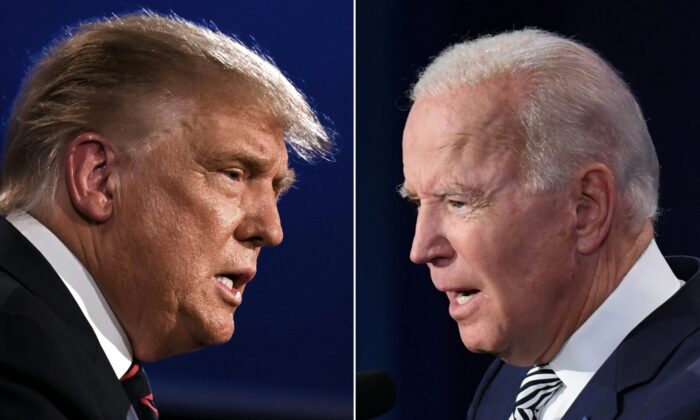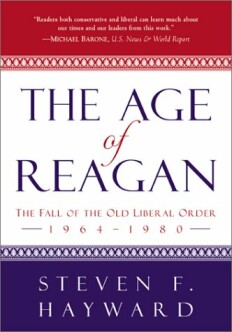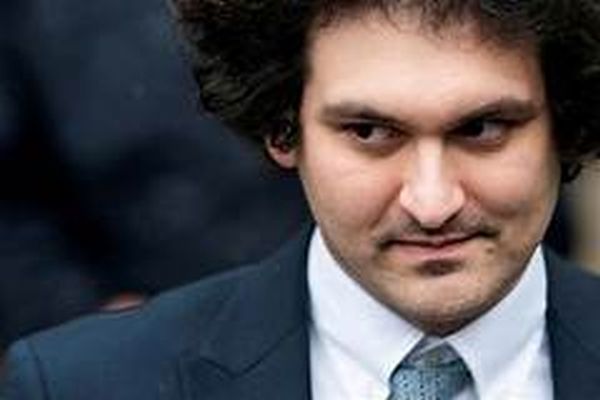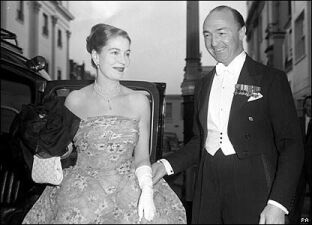How the Media Continue to Influence Public Opinion After Losing the Public’s Trust
From The Epoch TimesThis article appeared in The Epoch Times of October 22, 2020 under the headline: “How the Media Continue to Influence Public Opinion After Losing the Public’s Trust”
No one can say for sure how many people have discontinued their subscriptions to The New York Times and/or The Washington Post since both papers abandoned any effort to report the news and instead gave themselves up entirely to advocacy. The number is obscured by the even greater number—the “Trump bump” they call it—who they say have taken out subscriptions because advocacy, particularly of the kind that is opposed to Mr. Trump, and advocacy only is now just what they want in a newspaper.
It makes you wonder what they will do when—according to their reckoning, the day is only three months away—they no longer have Trump to kick around (to adapt the words of the media’s previously most-hated president, Richard Nixon). Somehow, I don’t think they’ll want to go back to reporting the news.
But for those who no longer see these papers or the broadcast media which appear to depend on them for their own “narratives,” an occasional glimpse into the fantasy world they and their readers and viewers appear to be living in can help to explain how it has come about that the Times in particular is no longer a newspaper but, as W.H. Auden said of Freud, “a whole climate of opinion”—which includes its opinion about climate—that we are all living in without knowing it. What even people who never look at the media are talking about—and therefore what subjects come up in political debate—tend to follow the mainstream media’s preoccupations, and the mainstream media follow the Times.
In Wednesday’s paper, for example, under the rubric of “Daily Distortions: Tracking Viral Misinformation Ahead of the 2020 Election,” Kevin Roose purports to explain “How ‘Spygate’ Attacks Fizzled.” Because it appears in a series in which, so the Times claims, “Every day, Times reporters will chronicle and debunk false and misleading information that is going viral online,” a naive reader might conclude that “Spygate”—outlined at length in The Epoch Times over two years ago, before the full extent of the operation and Hillary Clinton’s part in it were revealed—was simply “false and misleading information” that a small group of right-wing fanatics on the internet and at Fox News had adopted as “a conspiracy theory.”
Such, at any rate, Mr. Roose can assume it to be because that is the way the Times has always reported it, selecting for its reporting only that which, if you ignore everything else, could be taken as discrediting the “theory.”
In effect, Spygate “fizzled” only to the extent that the Times itself chose not to report on it, though no objective observer could doubt that there really is a case to be made that Mr. Trump was right when he called it “the biggest political crime in the history of our country.” And there lies the problem for Times readers—and for those of us who don’t read the Times but still cannot help but rely on it, because so many others do, to decide what is deserving of public attention and what is not.
Because it is unthinkable that The New York Times could have simply ignored “the biggest political crime in the history of our country,” it has to be treated by everybody apart from a few easily dismissed partisans as no crime at all. That’s how Spygate “fizzled”: because the Times as a setter of the national agenda, both for the rest of the media and for the national conversation growing out of it, has outlived its own credibility as a news source.
The thing works the other way around, too. Take this story from last Sunday’s Times: “‘White Supremacy’ Once Meant David Duke and the Klan. Now It Refers to Much More.” The sub-head reads: “The phrase has poured into the nation’s rhetorical bloodstream. Organizations from the N.F.L. to art museums to colleges requiring the SAT are accused of perpetuating it.”
Notice the use of the impersonal construction and the passive voice here. The Times editors are presumably too modest to wish to take their proper share of the credit for all this pouring and accusing, though as someone pointed out on Twitter, “The New York Times itself used the term ‘white supremacy’ fewer than 75 times in 2010, but nearly 700 times since the first of this year alone.”
Hands up anyone who has ever met a genuine white supremacist. But they’re everywhere in the pages of our former newspaper of record.
Can anyone doubt that, were it not for the Times’s steady beating of the drum for a conspiracy theory it likes—though one not only unproven but almost invisible to the country outside its coastal media hubs—the big story to come out of the first debate last month, that Mr. Trump had failed to denounce white supremacism (though in fact he had denounced it on many occasions), would have gained even as much credibility as it did?
Another example comes from a Wall Street Journal/NBC News poll about President Trump’s response to the pandemic. Even those who never listen to radio or TV news or read the papers can hardly be unaware of Bob Woodward’s having reported last month that, in his opinion, the president had admitted to not taking the virus seriously enough at first.
It seems obvious to me that this was a false inference from what Mr. Trump had actually said about not wanting to create a panic, but it was Mr. Woodward’s opinion about them rather than the president’s words themselves which, virus-like itself, infected the whole country in a matter of days.
Thus, the poll mentioned above asked respondents to choose from among four statements that best reflected their opinion of the president’s response to the coronavirus. The first of these was: “He did not take the threat seriously enough at the beginning and is still not handling it well.” Not surprisingly, 51 per cent claimed that that one best expressed their own opinion of his performance.
Doubtless this kind of thing must be of incalculable help to former Vice President Biden in making his point—repeated on Wednesday, the day before the last debate, by former President Obama and never challenged by media or debate moderators—that all the evil wrought by the virus is the fault of Mr. Trump and his failure to produce a “plan” for making the pandemic go away.
There speaks the bureaucrat’s implicit faith in the magic of central planning!
But the power to inject such Democratic talking points into the bloodstream of information that our democracy lives by lies not with the Democrats themselves but with the media’s continuing power, in spite of their declining share of the country’s attention and of the low opinion that all polls seem to show people have of them, still to shape public opinion as much as or more than they did in the days of William Randolph Hearst.
Discover more from James Bowman
Subscribe to get the latest posts to your email.







